Reporters of Agriculture and Environment Newspaper had an interview with Mr. Dang Thanh Lam, Deputy Director of the Southern Institute of Water Resources Planning to clarify: Why hydrometeorological information, weather forecasts, and crop forecasts are the key to helping people proactively produce, prevent natural disasters, and gradually escape poverty sustainably.
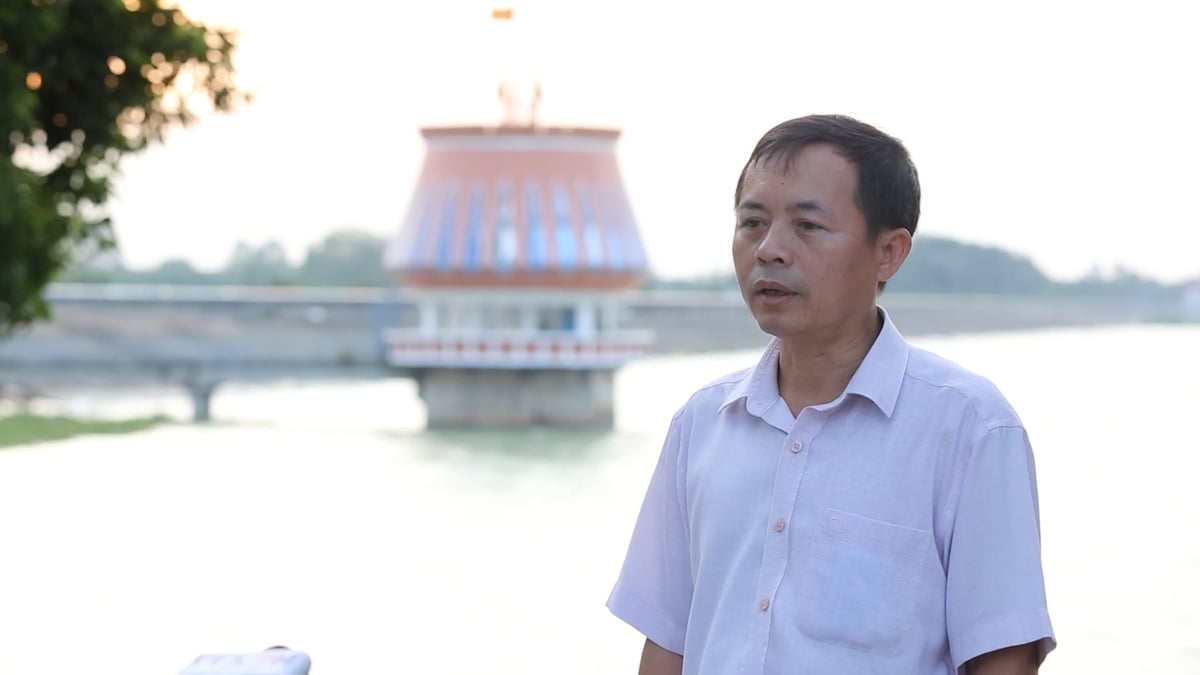
Mr. Dang Thanh Lam, Deputy Director of the Southern Institute of Water Resources Planning, answered the Agriculture and Environment Newspaper. Photo: Tran Trung.
Sir, which units are currently responsible for the operation and coordination of inter-reservoirs in the South? From a planning perspective, what is the main cause of the "information gaps" in recent incidents?
Currently, the management and operation of reservoirs are undertaken by many entities, including project investors, state management agencies at different levels, and technical consultants. For large basins such as the Dong Nai River, the Government has issued inter-reservoir operation procedures to ensure coordination of water regulation between reservoirs according to unified principles.

Dau Tieng Lake discharges floodwaters according to procedure. Photo: Tran Trung.
Each reservoir has an operational scenario and a flood prevention and control plan for the downstream area. Important projects also receive consulting support from the Ministry in calculating regulation, assessing risks and developing response plans. Technically, it can be said that we do not lack tools.
The problem lies in the information transmission. Although the technical system is in place, there are still cases where information does not reach the commune level in time, or even does not reach the people. It is this delay in information that prevents preventive measures from being implemented, causing unnecessary damage.
So how do you evaluate the role of hydrometeorological information for the poor?
For the poor, weather information is vital. A sudden heavy rain can wash away entire crops. A sudden flood can leave cows and chickens unable to move. Those with means can still save up to get back on their feet. But for poor households, natural disasters often push them straight to the bottom of poverty. Therefore, early warning is not just information but a life-saving opportunity.
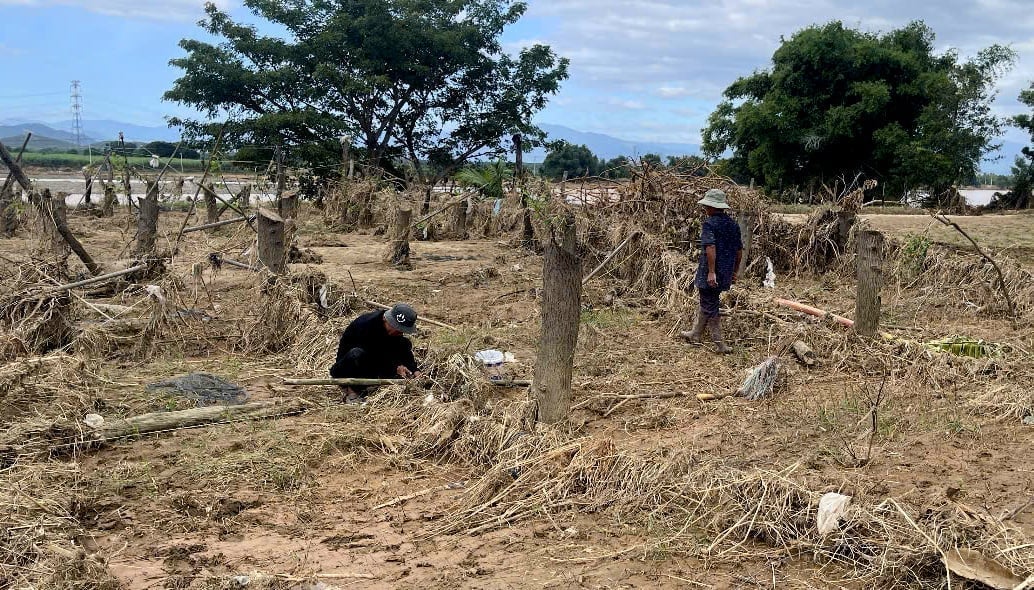
An apple orchard of a farmer in Khanh Hoa was devastated after the flood. Photo: Kim So.
Many years without major floods have made some people and local authorities complacent, thinking that the risks have receded. But climate change does not follow the “old cycle”. When natural disasters return, they are often more intense and more unexpected.
Meanwhile, some irrigation infrastructure has degraded and can no longer meet the new scenario. Without timely preparation in terms of both technology and information, we can easily be passive, leading to widespread damage.
The danger is that after each natural disaster, many families are no longer able to reproduce. Loss of seeds, capital, and land is the shortest path to poverty.
You often emphasize the role of flood maps. Specifically, how does this tool help people?
Flood maps are not just for technical staff. People need to use them too. When looking at the map, people will know: how deep is my house flooded, how long will it take for the water to rise, which direction the water flows, which areas are safe to evacuate. Thanks to that, they do not “run around”, do not evacuate in panic, and minimize damage. But for the map to be effective, it must be delivered to the communes and hamlets, and there must be someone to guide how to read and understand it. If it is only in the technical file, the map will not save anyone.
The current early warning system is improving, but not uniformly. Some places are very good, others are almost “information-free”. Mapping, setting up warning markers, integrating into applications, testing in practice… all require time and resources. The most important thing is how the information must reach the end users, that is, the people. There can be no early warning if the poor do not have access.
Agriculture without forecasts is like “gambling with the sky”. Knowing the drought, people will proactively change seeds and postpone the harvest. Knowing the high tide, they will not release seeds indiscriminately. Knowing the heavy rain, they will harvest early, limiting the risk of falling.
Accurate and precise forecasting information will help farmers manage risks, increase production efficiency, and most importantly, protect income.
In your opinion, what changes will Resolution 57 create in natural disaster forecasting, water resource management, and in the long term, how will digital transformation benefit the poor?
Resolution 57 on science , technology and innovation really opens up huge opportunities for the irrigation sector, especially in disaster forecasting and water resources management. First of all, the resolution creates conditions for us to promote the application of digital technology, big data and modern computational models, helping to improve forecasting accuracy, shorten decision-making time and significantly reduce passive factors in the face of natural disasters.
In the long term, digital transformation in the irrigation sector not only serves state management, but also brings direct benefits to people, especially the poor and farmers. When the natural disaster monitoring and warning system operates in real time, information will reach people sooner and more fully, helping them proactively prevent risks and reduce damage to people and property.
Currently, we are building a hydrometeorological monitoring system for many large projects, including Dau Tieng Lake, and will soon support the Mekong Delta provinces in establishing a water resource monitoring network. This system is interconnected between regions, linked to the national hydrometeorological network, integrating digital infrastructure and modern forecasting models to improve decision support capacity.
When data is shared in a timely, transparent and accessible manner, the poor are no longer considered an “information disadvantaged” group. On the contrary, they are the ones who benefit the most from digital transformation, thanks to additional tools to protect their livelihoods, respond to natural disasters and stabilize their lives. That is also the profound social meaning that Resolution 57 aims for the irrigation sector.
Thank you very much!
Source: https://nongnghiepmoitruong.vn/thong-tin-thoi-tiet--chiec-phao-cuu-sinh-cua-nguoi-ngheo-truoc-thien-tai-d787119.html










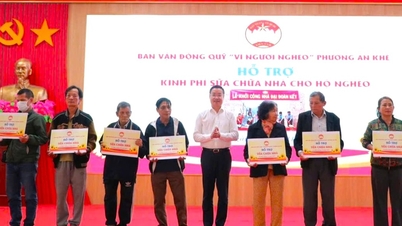

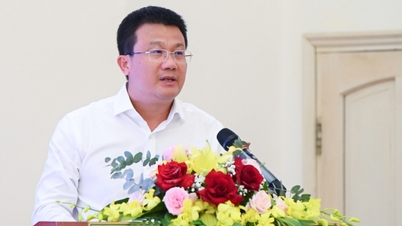
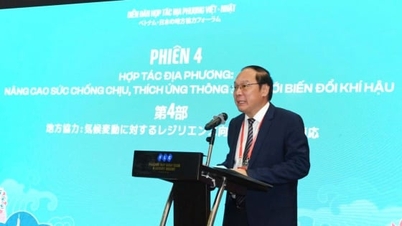






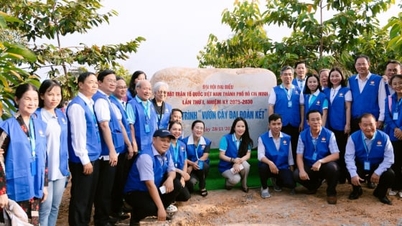

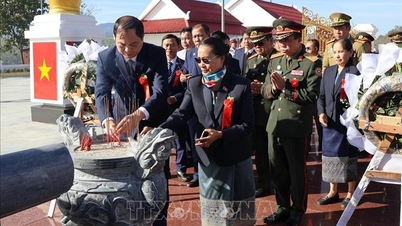

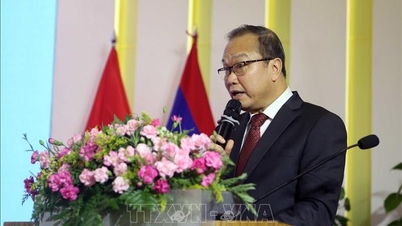




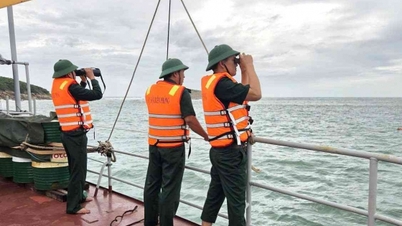



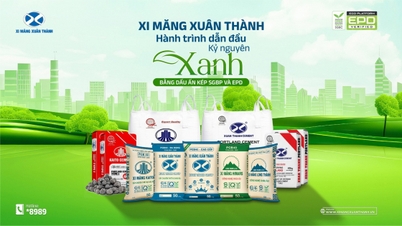

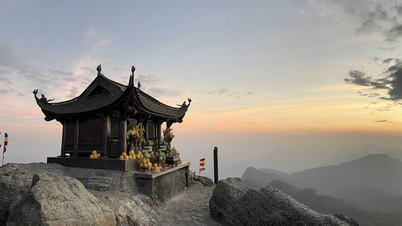



















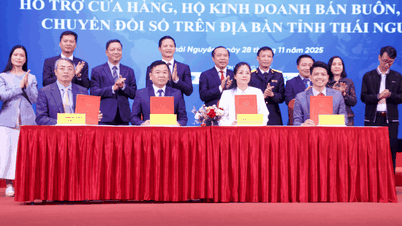
















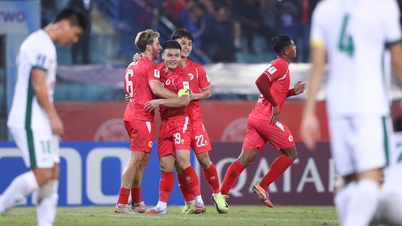




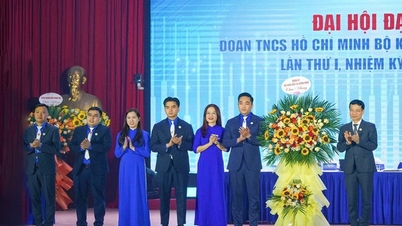

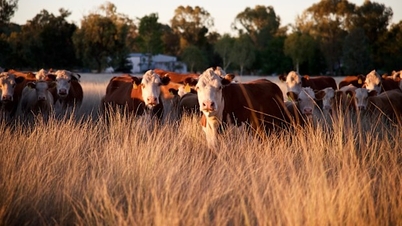


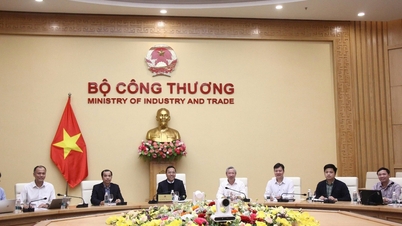






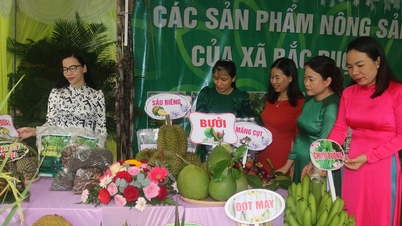

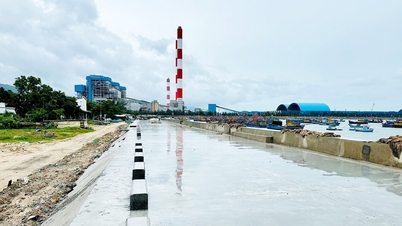
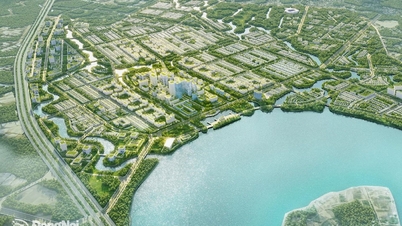
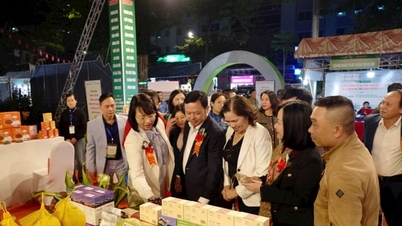
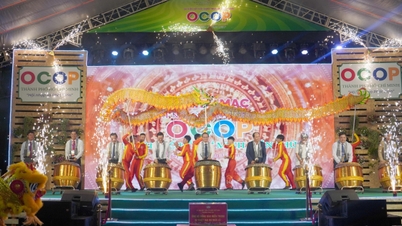







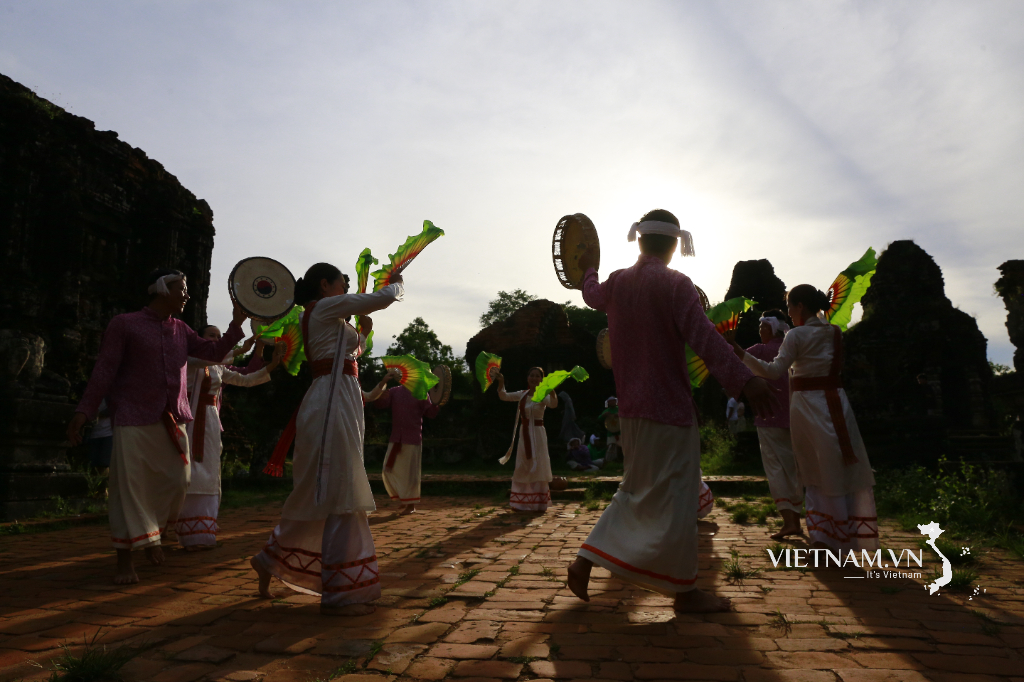



Comment (0)